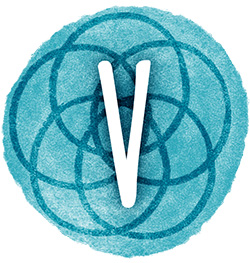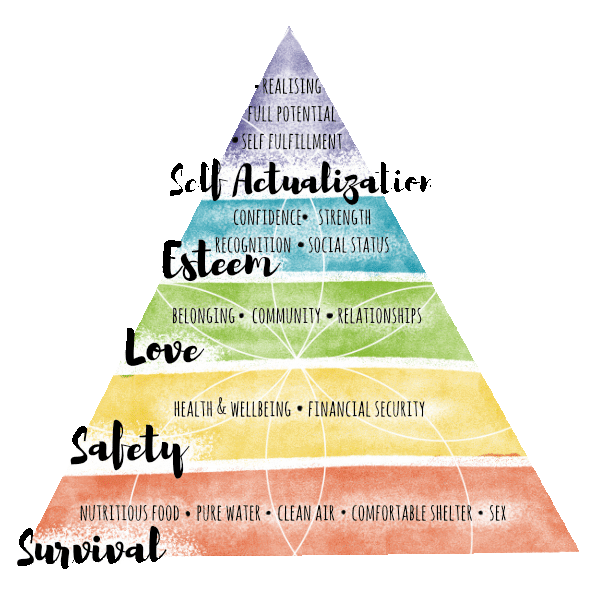Balance
Quinternity
Involves five interconnected and fundamental aspects or elements. While it's not as widely recognized as concepts like duality or trinity, it represents a framework for understanding the complexity and interconnectedness of various aspects of existence.


Maslow's Hierarchy
Achieving balance in all areas of life is an ongoing challenge that requires consistent attention. Establishing habits can help automate a sense of balance. In the modern world, distractions are abundant, making it easy to overlook the basics and neglect essential aspects of life.
In the process of purifying our lifestyle, we face difficult decisions about what to prioritize and what to let go of. Maslow's Hierarchy is often used to illustrate the fundamental areas of life, suggesting that one must master the lower tiers before progressing to higher ones, ultimately reaching self-actualization.
However, as you navigate this hierarchy and develop a unique approach to balance in each tier, you'll realize that there is no final destination. It's an ongoing cycle with ever-changing variables.
If you're wondering where to start, begin by ensuring you have access to pure food, clean water, fresh air, and comfortable shelter. A solid foundation in these areas can support other aspects of your life.
Even if you've progressed through the entire hierarchy, it's important to revisit each tier periodically to ensure that everything aligns with your evolving goals, values, and priorities. The pursuit of balance is a continuous journey of self-discovery and adaptation.

Survival Needs
These are the most basic and fundamental needs necessary for human survival. They include:
- Food: Access to nourishment and sustenance.
- Water: Access to clean and safe drinking water.
- Shelter: Protection from the elements and a safe place to live.
- Sleep: Sufficient rest and sleep to maintain physical health.
- Air: The ability to breathe and access to clean air.
Safety Needs
Once physiological needs are met, individuals seek safety and security, both physically and emotionally. Safety needs encompass:
- Personal Security: Protection from harm, danger, and threats.
- Financial Security: Assurance of resources and financial stability.
- Health and Well-being: Access to healthcare and a sense of physical safety.
- Stability: A stable and predictable environment.
Love and Belongingness Needs
Once physiological and safety needs are met, people seek social connections, affection, and a sense of belonging:
- Friendship: Forming meaningful relationships and friendships.
- Intimacy: Establishing close, loving relationships.
- Family: Connection with family members.
- Community: Feeling a part of a larger social group.
Esteem Needs
Esteem needs are divided into two categories:
- Self-esteem: Feeling of self-worth, self-respect, and confidence.
- Esteem from Others: Recognition, respect, and validation from others.
Achieving and being recognized for accomplishments is central to this level.
Self-Actualization Needs
At the pinnacle of the hierarchy are self-actualization needs:
- Self-Actualization: Fulfilling one's potential, pursuing personal growth, creativity, and self-discovery.
- Autonomy: The ability to make independent choices and decisions.
Maslow's theory suggests that individuals progress through these needs in a hierarchical manner, with lower-level needs taking precedence before higher-level needs become motivating factors. However, it's important to note that this hierarchy doesn't apply universally to all individuals and cultures. Some people may prioritize different needs at different stages of life, and cultural and individual variations exist.
Inspiration
![]()
![]()


